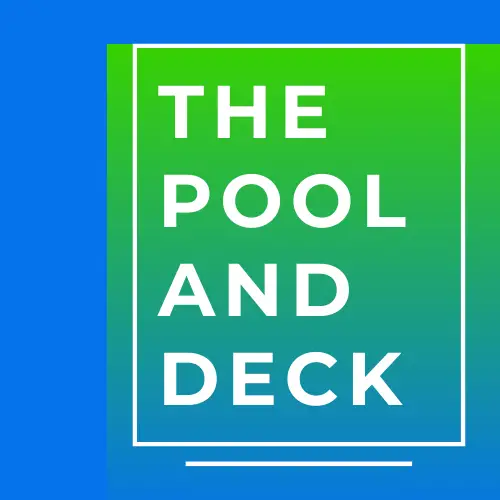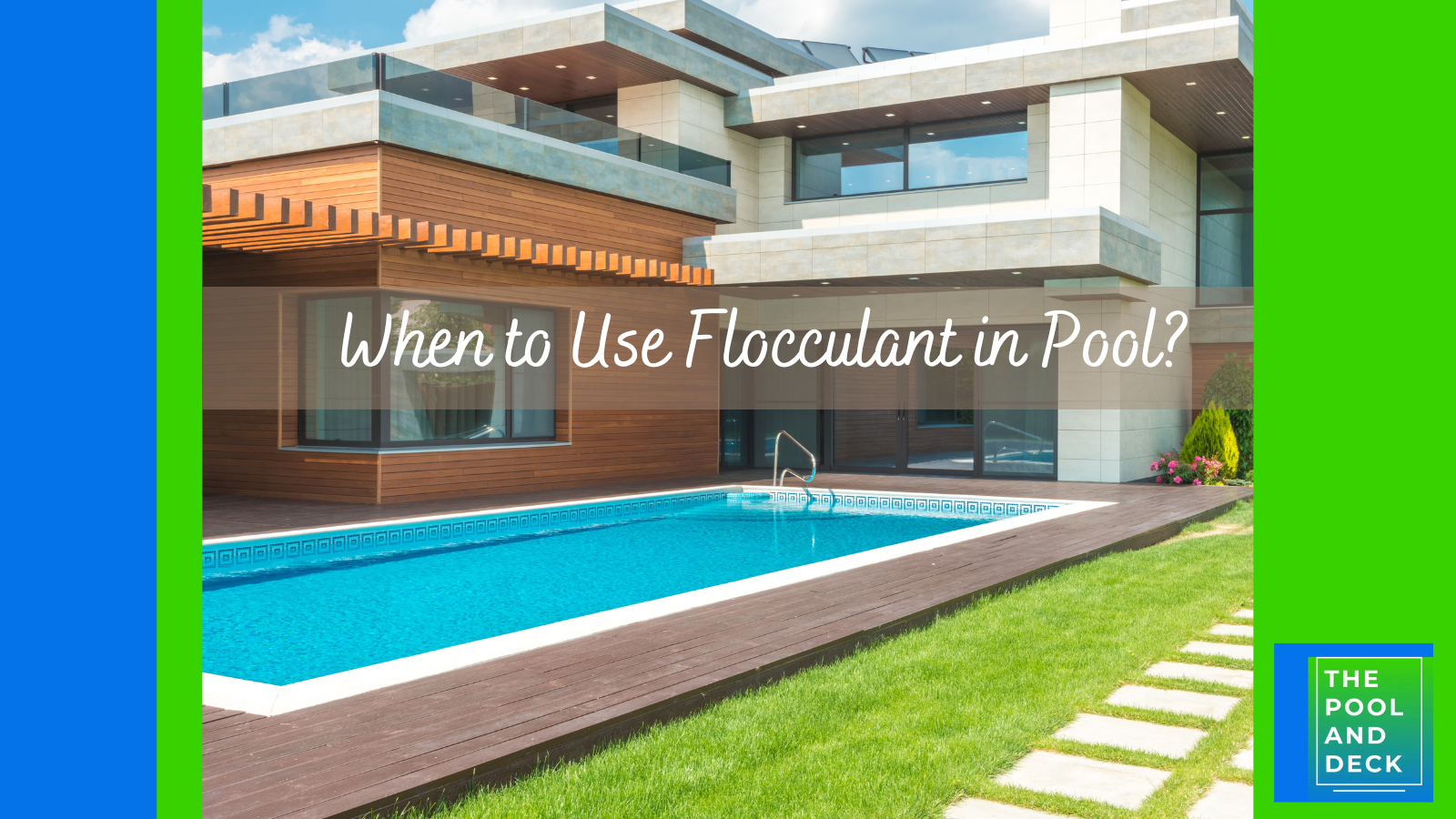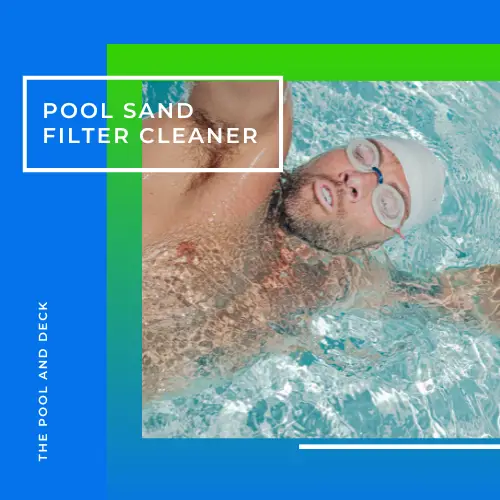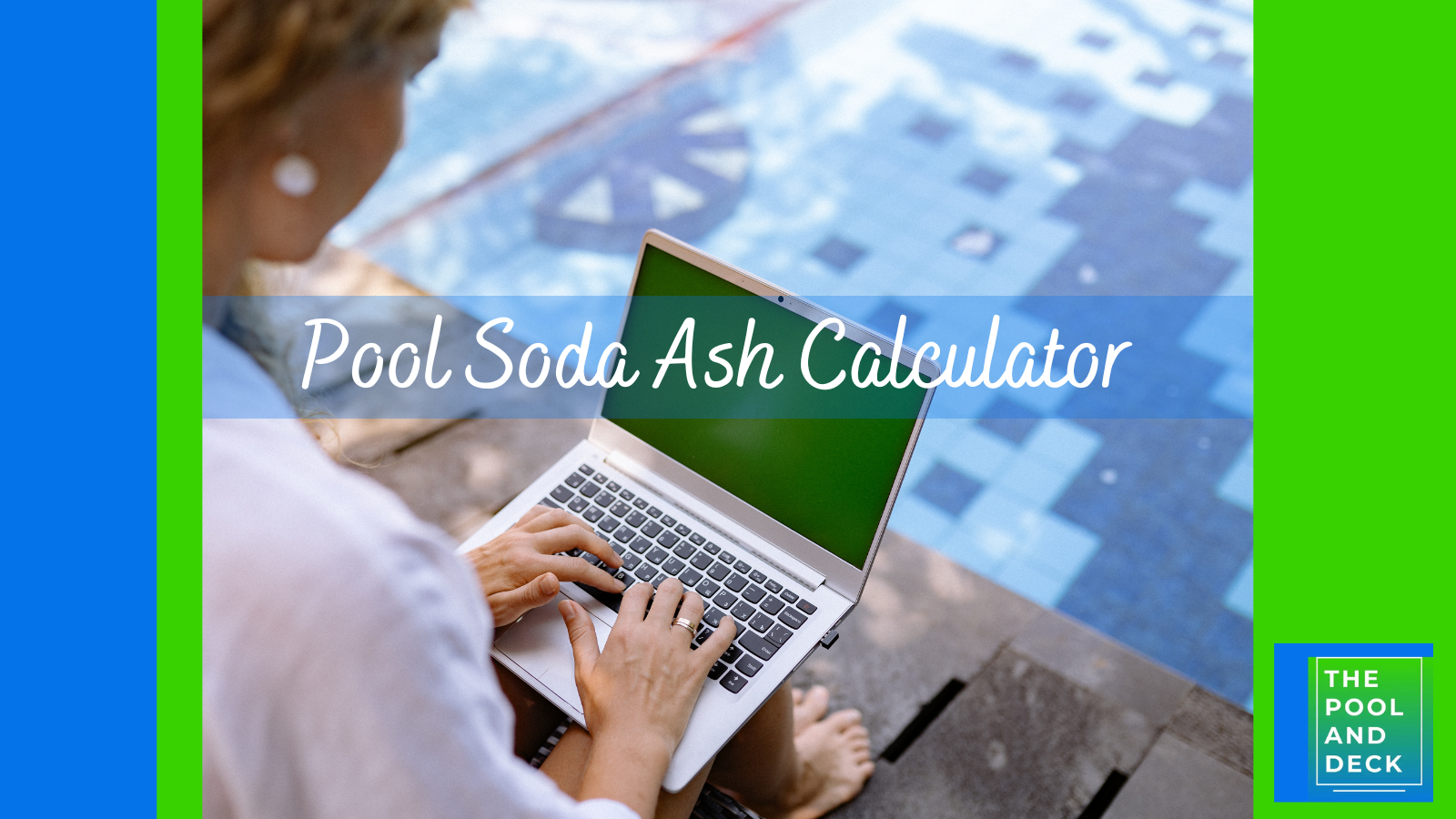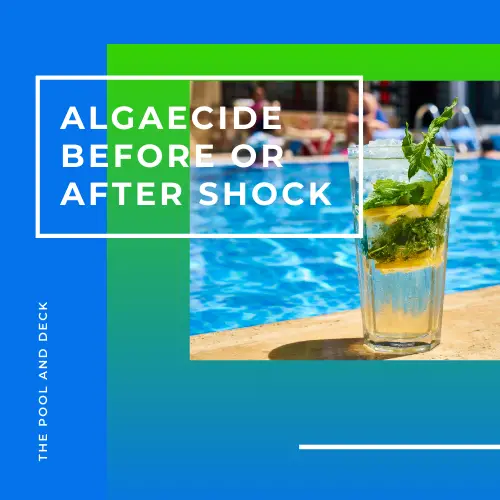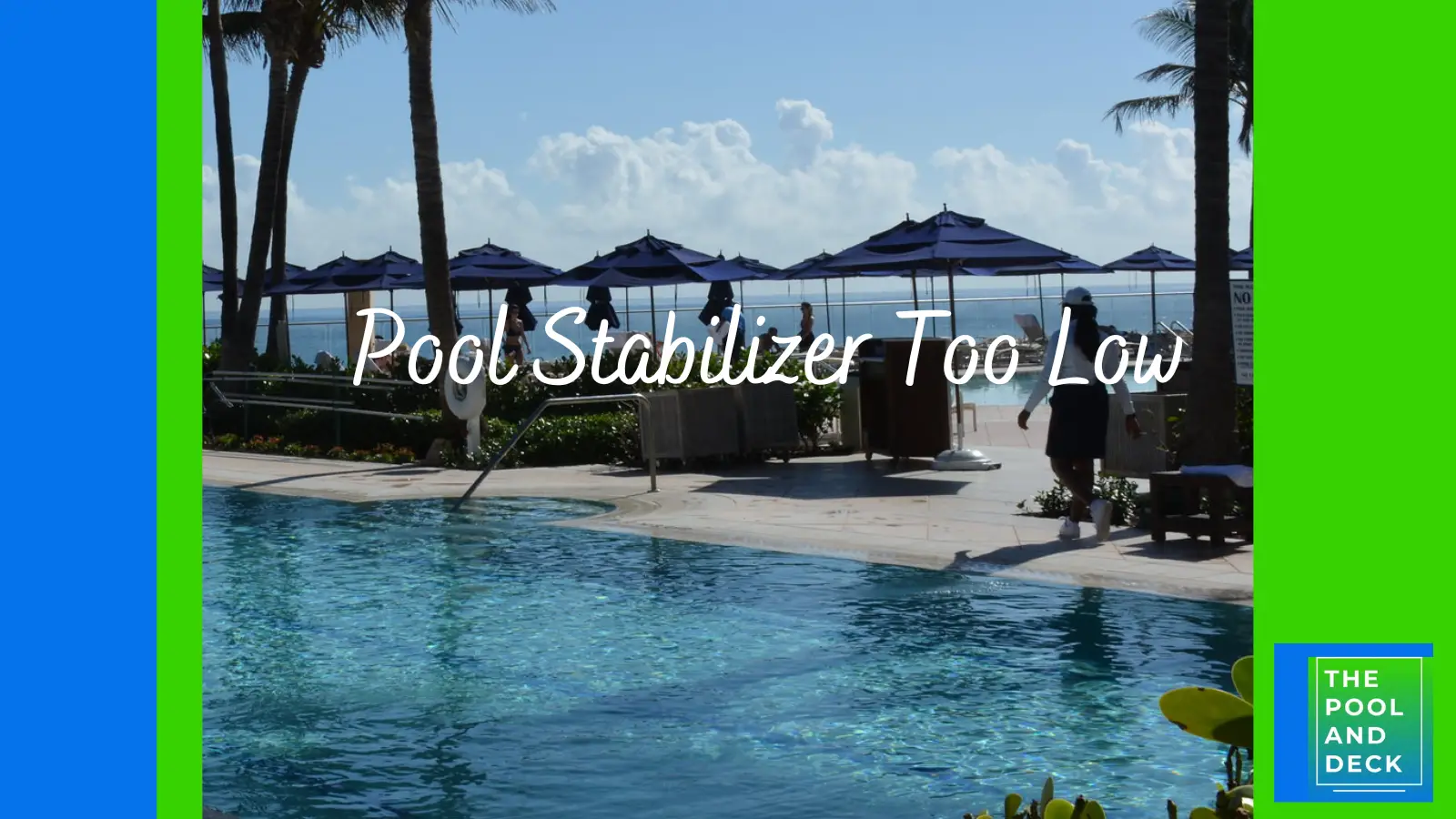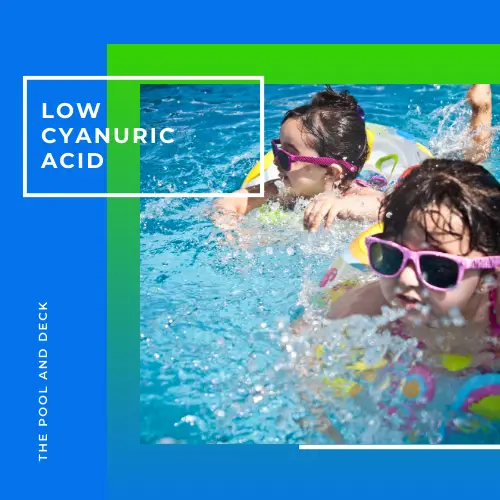Is Trichlor Chlorine? (Important Stuff You Need To Know!)
As an Amazon Associate, I earn from qualifying purchases.
Table of Contents
Is Trichlor the Same as Chlorine?
Home swimming pools are fun, especially during warmer months, but are also home to germs, bacteria & algae. Pool sanitization is critical to ensuring that you, your family & friends do not fall sick from water borne diseases. There are quite a few options when it comes to pool sanitization. You have heard of Chlorine and you may have heard of Trichlor. But is Trichlor the same as Chlorine?
Trichlor is not Chlorine, rather it is a compound of Chlorine & Cyanuric Acid. Trichlor has a very high percentage of Chlorine. When a Trichlor tablet is added to the pool, it releases Free Chlorine (FC) at a slow steady pace. Free Chlorine is the disinfectant that kills the pathogens & algae in your pool.

Trichlor is short for Trichloroisocyanuric Acid or “Trichloro-S-Triazinetrione”. Commercially it is sold as 1” or 3” tablets as a sanitizer for home swimming pools. In the original powder form, it is used as a disinfectant, bleach or processing chemical, in some industries.
Trichlor is manufactured by the chlorination of Cyanuric Acid (CYA). The chemical formula of Trichlor is (C3Cl3N3O3). Symbolically, and easier to visualize, it is:
Do not worry! This post is not going to be super technical. I am done with most of the hard core chemistry.
All you need to know is that Trichlor is a compound of Chlorine and Cyanuric Acid (CYA). Both play an important role in the pool sanitization process.
When added to pool water, Trichlor will release Chlorine to form Hypochlorous Acid (HOCl), which is the disinfectant. In the meanwhile, the Cyanuric Acid (CYA) prevents the Chlorine from getting destroyed by the UV rays of the sun.
Is Trichlor the Same as Shock?
Trichlor can be used to shock a pool but it is certainly not the best product for this function. There are many other better and cheaper alternatives available.
For a germ, bacteria and algae free pool you should maintain the Free Chlorine (FC) level between 2-4 ppm, (3 ppm is ideal). This level is achieved by having a regular and uniform supply of chlorine to your pool. This is the “Maintenance Chlorination”.
Pool Shock, on the other hand, spikes up the Free Chlorine (FC) level from less than 4 ppm to at least 10 ppm (sometimes even to 25 ppm!). This is the “fast & furious” way of killing the pathogens & algae.
You will not be able to swim in your pool if the Free Chlorine (FC) is higher than 4-5 ppm. Your skin and eyes will itch and burn due to the high chlorine content.
This is why Pool Shock should be unstabilized chlorine. Shock should not contain,or be supplemented by, Cyanuric Acid (CYA). The Free Chlorine (FC) that is not utilized to neutralize the pathogens & algae, should be quickly depleted by the UV rays of the sun.
Check the Cyanuric Acid (CYA) Level before Shock
You must always check the Cyanuric Acid (CYA) level of your pool before shocking it. The recommended Cyanuric Acid (CYA) level for an outdoor pool is 30-50 ppm. A high Cyanuric Acid (CYA) level decreases the effectiveness of Chlorine in killing the pathogens.
In fact a Cyanuric Acid (CYA) level of 100 ppm or more is a complete no-no. You must dilute your pool to bring down the Cyanuric Acid (CYA) level within range.
Now, if the Cyanuric Acid (CYA) level in your pool is low, it is alright to use a Trichlor Shock. But do not use Trichlor Shock if Cyanuric Acid (CYA) level is above 50 or 60 ppm.
The sudden increase in Free Chlorine (FC) level will reduce to normal level in 24 hours or so. But the increased level of Cyanuric Acid (CYA) level will stay on! Shock should almost always be unstabilized chlorine, that is totally devoid of Cyanuric Acid (CYA).
What is a Trichlor Tablet Used For?
Trichlor in its original form is in powder form. However, for the purpose of use as a pool sanitizer, it is made available in tablet form. Trichlor in tablet form is very convenient to use in a home pool.
Trichlor tablets are designed to dissolve very slowly so that they will last for around a week in the pool. There are many ways the tablet can be placed in the pool.
However, Trichlor tablets should not be just dropped into the pool. They will sink to the bottom of the pool and might leave a stain from the high chlorine concentration. There will be a high concentration of chlorine around the tablet but it will not be circulated to other parts of the pool.
Trichlor tablets are certainly the most convenient way to sanitize your pool on a regular basis. With the Trichlor tablet, you can “set & forget” for a week. Another advantage is that you can continue using the pool while the Trichlor tablet is steadily sanitizing it. There is no downtime!
Shock should dissolve and act fast and should not have a chlorine stabilizer. But Trichlor tablets dissolve slowly and have a fair amount of Cyanuric Acid. As a result Trichlor tablets should not be used for shocking the pool.
For more information on Pool Chlorine Types refer to my post Complete Guide To Pool Chlorine Types. (What Is The Best?).
Recommended Swimming Pool Chemicals
Best Dichlor Granular
Rx Clear Granular chlorine is 99.3% Sodium dichlor with added benefits of containing bactericide, algaecide, and disinfectant. It has a long shelf-life and low odor. Rx Clear is pH neutral and 100% soluble. Order from Amazon using the link below:
Rx Clear Stabilized Granular Chlorine
Best Trichlor Tablets
HTH 42055 Pool Care 3″ Chlorine Tabs Advanced
Sanitizer, clarifier, and algaecide to protect your swimming pool and swimmers with one easy and convenient tab.
Thank you very much for reading the post. I do hope you found it informative and helpful.
